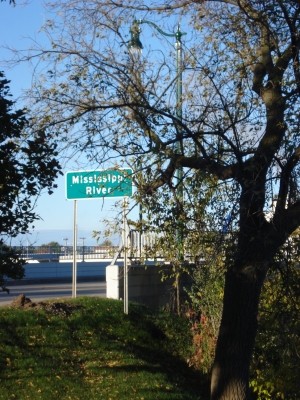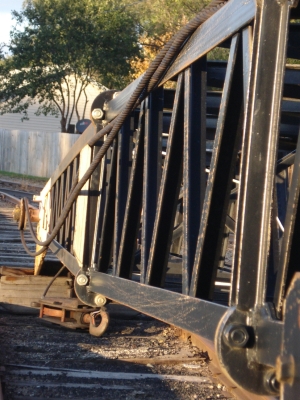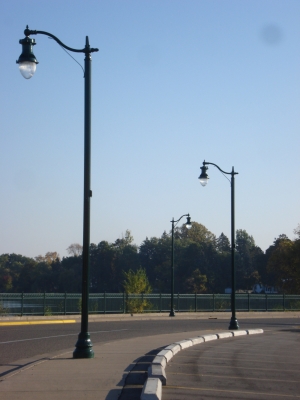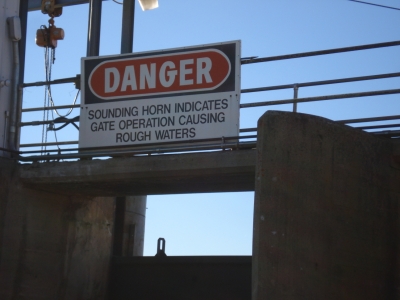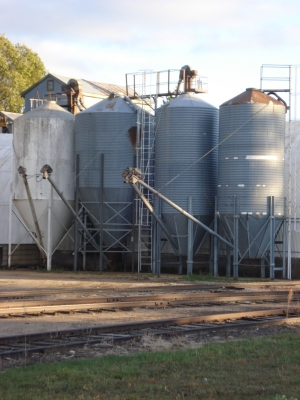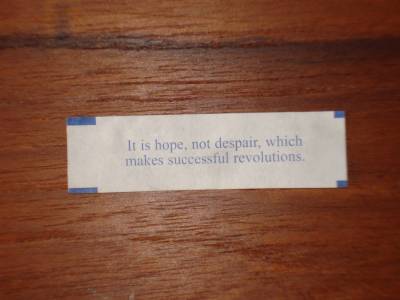 This is it … the last post for Ask Little Falls.
This is it … the last post for Ask Little Falls.
Having run numerous blogs over the years, I’ve discovered that it is best to limit some of them in duration and I knew from the beginning that Ask Little Falls would only last a year. I started this blog on October 13, 2014, with a post asking people to vent about what they hate about Little Falls, MN. The purpose of that post, and the rest of this blog, was not merely to dwell on what isn’t working in town. It was to get long-term problems out in the open and stated clearly so that we could figure out how to solve them. I wanted the blog to be open-ended, just me asking questions and letting others have their say. That didn’t work as well as I had hoped and I switched to making commentary about the town from my perspective in order to lead up to a question.
While there weren’t as many comments on the blog as I had hoped, I heard from people outside the blog, mostly on my personal Facebook page. They provided thoughts and encouragement. One person told me in an email that Ask Little Falls serves as a mirror for the community. What a lovely thing to say! I want to thank everyone who followed along and shared their thoughts. Creating community is not a solo affair … at least it shouldn’t be.
Which leads to my pep talk. If we want to change Little Falls for the betterment of the majority of its citizens, to create a vibrant and progressive community that is economically viable and socially supportive, we have to get involved. WE … as in the individuals making up a collective. We can’t simply leave running the community up to a small group of others because we’re too busy to pay attention. (Note the wealth disparities that have taken hold in this country because Americans have been asleep at the wheel. Little Falls’ own Charles A. Lindbergh (the congressman, not the aviator) was vocal about the formation of the Federal Reserve in his day because of the imbalance in monetary power he thought it might lead to.)
I know it’s a tall order. If you’re working 40+ hours per week and trying to raise children and have some kind of social life, you’ve barely got time to get the laundry done, let alone get involved in the community. No need to run for political office to change the city; there are ways to get involved that don’t take a large commitment in time.
The easiest thing you can do to build community is get to know your neighbors. If you’re an introvert or can’t take the time to talk, wave at them. Become familiar with the regulars in your neighborhood. When you have a chance to chat, you’ll hear about what’s going on in the neighborhood and in town. There’s always one neighbor who knows what’s happening at every house in a three-block radius. Find that person in order to stay informed.
To make community engagement more effective, learn how government, nonprofits and other organizations work. There’s a process for changing ordinances or presenting at City Council meetings. Nonprofits and businesses have particular rules and structures to work through. While you’re waiting in line, do a little research on these topics on your smart phone. If you can work within a process, it should be easier to change things. If the process isn’t working, enlist help from the outside (friends with the same issue, nonprofit organizations, enforcement agencies, etc.) and see if you can mount change through extra assistance (many voices are harder to ignore) or finding an alternative route.
When you’ve got more time, get involved in the community by …
1.Volunteering at your favorite nonprofit
2. Serving on a board, committee or task force
3. Starting an interest group (doesn’t have to be political – you can build community by getting to know people with the same interests you have, whether homebrewing or cosplay.
4. Getting informed by collecting data on a specific issue and sharing that information with others, like those neighbors you’ve been waving at
5. Voting in elections (yes, exercise you’re right to vote!)
6. Demanding transparency in government and the nonprofits to which you make donations
7. Contacting your local officials, State Representatives, etc. about issues that concern you
8. Operating a business. Entrepreneurs, through the complex actions needed to make their businesses successful, end up being involved and building community.
9. Running for political office. Yeah, this one’s hard. You’ve got to have the stomach for the attention (both positive and negative). But we need a variety of people serving in government so that things don’t get lopsided in our communities.
If you’re not interested in holding political office, remember, there are all the other ways to practice community engagement and make Little Falls stronger. Simply having conversations with others in town will generate creative activities that build community. Let’s inspire each other rather than waiting for someone to come from outside to save Little Falls.

